Approximate read time: 18 minutes
This guide will show you how to benefit from one of the most powerful marketing tools invented.
That’s right.
You read correctly.
What is it?
Marketing and sales content.
Marketing and sales content that customers want, but content that’s presented in a way that suits your personality type.
Content could be defined as creating and distributing consumable information that is expressed through a medium, such as text, images, video, audio and so on.
Taking this concept further, content in the context of marketing and sales is creating and distributing content that is useful to your prospects and customers and to generating leads and convert them to sales.
Effective content is priceless for any business as it:
- Is the definitive differentiator, positioning tool and competitive advantage for selling almost all types of products, services or solutions (you should sell the Lamborghini, not the Fiat);
- Starts a conversation, establishes a relationship, builds trust and likeability, encourages reciprocity and adds value all before your prospect takes out their wallet (marriage proposals rarely happen on the first date);
- Demonstrates expertise, authority, proof, credentials and credibility, without having to self-aggrandize (a book is now the contemporary business card);
- Gives you a non-self-promoting excuse to follow-up with prospects (research shows they need seven interactions on average before they buy); and
- Helps establish the true value of what you sell, makes prospects more likely to buy, buy more often and refer a friend (humans only understand value by comparing it to non-financial currencies).
If you can effectively plan and create a marketing and sales pipeline and content, then you will be able to take advantage of all of these benefits.
However, if you choose not to plan effectively and create a marketing and sales pipeline and content, then you will continue to battle against your competitors who are likely to be doing the same thing.
This guide is here to help you master marketing and sales content.
And I’ll show you how to do it, through this piece of content – how very Meta 🙂
There are only a few ways to market and sell:
- Understanding your prospects and customers;
- Increasing the number of prospects, AKA marketing;
- Increasing the number of customers, AKA sales, AKA prospect conversion;
- Increasing the value of customer transactions, AKA upselling;
- Increasing the number of customer transactions, AKA retention;
- Increasing the engagement of prospects and customers to buy more, AKA referrals; and
- Increasing the success of new product, service or solution launches.
Content addresses numbers 2, 3, 6 and 7 above.
Here are the elements:
- STEP 1: Human Learning;
- STEP 2: Content DNA;
- STEP 3: Purchaser Insights;
- STEP 4: Product, Service or Solution Insights;
- STEP 5: Pipeline Alignment;
- STEP 6: Content Topic;
- STEP 7: Content Purpose;
- STEP 8: Content Type;
- STEP 9: Content Outline;
- STEP 10: Content Creation;
- STEP 11: Content Translation;
- STEP 12: Content Sales Script; and
- STEP 13: Script Distribution.
Steps 1-5 cover Overall Content Preparation and Steps 6-13 cover Individual Content Planning.
Let’s begin with…

1) Human Learning
…This step is about understanding how humans learn, how they comprehend information and what types of content are best for different people.
When discussing human learning in relation to marketing and sales content, there are three psychological models you should consider, they are:
- Meta Programs;
- Learning Styles; and
- Personality Types.
Understanding these psychological models mean you can give prospects and customers information about your products, services and solutions in a way that eliminates miscommunication and that has perceived value to them.
This means you can create content that is appealing to a wide range of people.
This step is only theory and no action is needed from you except consideration.
Further, this theory is embedded seamlessly in and throughout the Content Creation Process.
Of course, the exact details of how to do this are beyond the scope of this guide.
In summary, this step is about understanding how humans learn, which then leads us to the Content DNA step…
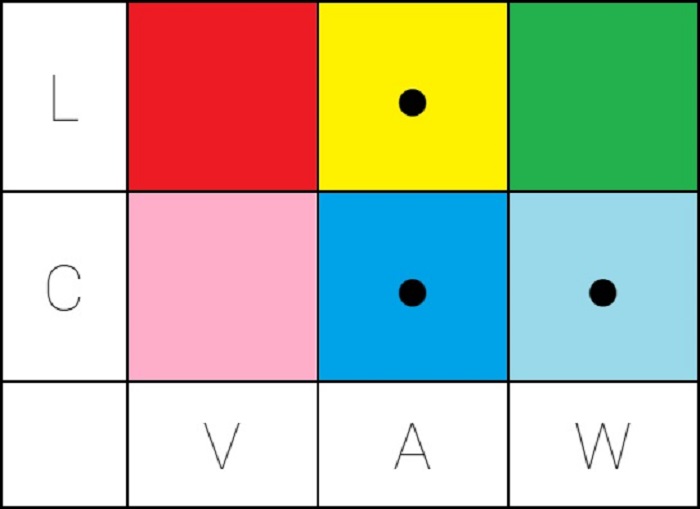
2) Content DNA
…This step is about creating content that best suits your personality.
Once you know how humans learn and retain information, you then need to work out what is the best kind of content for you to create.
Don’t create content that is valuable to your prospects and customers when it is a costly exercise for you in terms of time, money and effort.
In this respect, some kinds of content are better than others.
The most logical starting point is creating content that is right for you.
Informational and educational marketing content (specifically) is arguably one of the most powerful marketing tools ever invented, but most people get it completely wrong!
For example, they choose to do webinars when blogging is more suited to them.
Who could blame them?
There is so much misinformation and bad advice out there.
Here is a quick demonstration of how to present valuable content and how you can determine the most suitable kind and the combination of content you should create for business and the ones you shouldn’t out of the smorgasbord of content options.
Let’s explore…
As a primer, each of us has strengths and weaknesses in the way we communicate information.
However, the recipient of that communication has their own preferences for how they receive, interpret and retain information.
We can increase the chances of reception, interpretation and retention occurring through being deliberate in the way we communicate information to them.
So how do you determine the kind content to create for your prospects and customers?
Click the following link, scroll to the bottom and tick the statements that apply to you.
Click here to take the Content Creation Test to discover the exact kind and combination of content you should be creating and the ones you shouldn’t out of the smorgasbord of content options: https://orrenprunckun.com/content-creation-test.html
This will give you the exact recommendations for the kind of content your Jung Personality Type is best suited to create based on your Attitudes and Lifestyle Preference.
Ignore the other content kinds.
Other factors that help guide the kinds of content you should create are:
- Content preparation time and ease;
- Content creation time and ease;
- Content translation ability;
- Content delivery method; and
- Content modality.
Factors 3, 4 and 5 will be discussed later in this content.
Of course, the exact details of how to do this are beyond the scope of this guide.
In summary, this step is about knowing the kinds content you should create and ignore, which leads us to the Purchaser Insights step…

3) Purchaser Insights
…This step is about understanding your prospects and customers.
Once you know the kind of content you should create and ignore, you will then need to know your prospects and customers’ dreams, fears, problems, needs, mistakes and so on.
The things that your products, services or solutions address.
You need to understand these and several other insights on a very deep level.
External insights are about “pains” and “gains.”
Internal insights are about your products, services and solutions.
Most people do not know their prospects and customers’ hot buttons and what makes them really tick.
At this step, we come across the first decision tree.
If you do not know your prospects and customers’ dreams, fears, problems, needs, mistakes and so on, then you need to do some heavy market research to discover what these are.
If you do know your prospects and customers’ dreams, fears, problems, needs, mistakes and so on, then list them all, but concentrate on the top five (which we will discuss later).
Document this step in your Content Planner.
Of course, the exact details of how to do this are beyond the scope of this guide.
In summary, this step is about knowing your prospects and customers’, which leads us to the Product, Services Or Solutions Insights step…
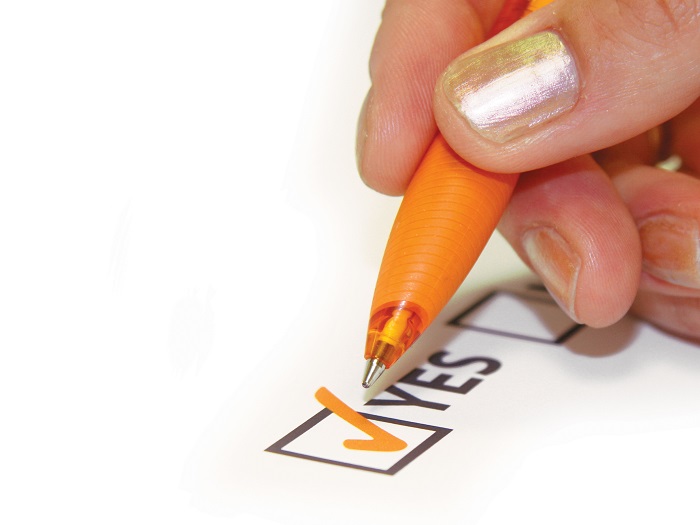
4) Product, Services Or Solutions Insights
…This step is about knowing your products, services and solutions value proposition and how they address each prospects’ and customers’ dreams, fears, problems, needs, mistakes and so on.
Once you know your prospects and customers really well, you will then need to list all your main paid products, services or solutions.
Then list all the individual components that make up each of those products, services, or solutions.
For example, a match is made up of a stick and head.
This step helps you to create a decision tree, process map or overview of each product, services, or solution (which is a Content Type we will cover later).
Document this step in your Content Planner.
Of course, the exact details of how to do this are beyond the scope of this guide.
In summary, this step is about getting clear on your product, service or solution range and its value in relation to customers, which leads us to the Pipeline Alignment step…
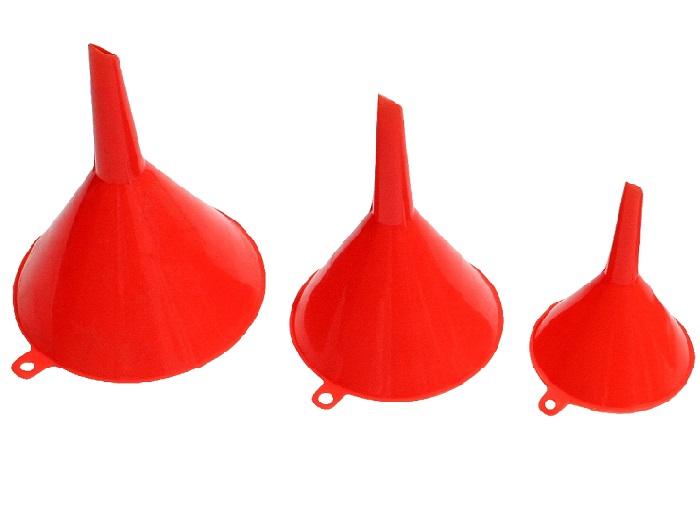
5) Pipeline Alignment
…This step is about aligning your content with your marketing and sales pipeline.
Once you are clear on your product range and its value in relation to customers, you then need to highlight the most valuable components of those products, services or solutions.
These are the components that also need other components to work.
In the match example, the stick also needs the head to work.
In other words, the match will not work without the head.
However, the match will work without the stick, but it just may not be as good.
These specific components help align your content in your marketing and sales pipeline.
They also direct the frequency and quantity of content required.
They become your pre-opt-in content categories, your pre opt-in content topics (which we will discuss later in this guide), your contact database list names, your introduction content topics, your ongoing broadcast content topics, your gated offers as well as bonus content, product, service or solution launch content and other content.
Then, this all seamlessly links up directly to your low priced and main products, services and solutions.
In effect, content becomes a way to segment your prospects to the most relevant products, services and solutions.
Document this step in your Content Planner.
Of course, the exact details of how to do this are beyond the scope of this guide.
In summary, this step is about aligning your content with your marketing and sales pipeline in a progressive way.
It also wraps up the Overall Content Preparation, so we can move onto Individual Content Planning, which leads us to the Content Purpose step…

6) Content Topic
…This step is about the topic of an individual piece content.
This could also be referred to content idea, category, subject matter, niche, offer category or title of the content.
They also will be reflected in your content headline.
Once you have aligned your content with your marketing and sales pipeline, you then need to determine the content’s topic related to Customer and Product, Service Or Solution Insights.
Topics will provide free informational and educational information that address prospects and customers’ dreams, fears, problems, needs, mistakes and so on.
You will know what these topics are based on your own data and research previously done.
Document this step in your Content Planner.
Of course, the exact details of how to do this are beyond the scope of this guide.
In summary, this step is about determining the topic of your content, which leads us to the Content Purpose step…

7) Content Purpose
…This step is about determining the purpose of each individual content.
Once you have determined the topic of an individual piece of content, you need to establish the outcome, purpose or call to action you want prospects and customers to take when they consume the individual piece of content based on where they are in your marketing and sales pipeline.
It is important to note that your business is not a charity, and content is not just about giving wisdom away for free with no catch.
The catch is that you want them to take action after they have consumed it.
Action that moves them along in your marketing and sales pipeline.
Content should always have goals.
There are seven possible choices for your content depending on the internal or external location where the content resides:
- Drive external traffic – to introduce prospects to your brand;
- Segment prospects via opting-in for free gated offers – to generate leads;
- Encourage prospects to consume more available content – to fuel more brand touch points;
- Get prospects to purchase low priced product, service and solution – to trigger and activate purchasers;
- Urge customers to consume more available content – to provide customer satisfaction;
- Introduce your main product, service and solution – to create awareness of them; and
- Try something out – to see if they can do it themselves.
The purpose needs to cover at least one of these.
Your Call To Action also needs to be worded in a way that reflects these options.
Document this step in your Content Planner.
Of course, the exact details of how to do this are beyond the scope of this guide.
In summary, this step is about determining the purpose of the content you will create, which leads us to the Content Type step.

8) Content Type
…This step is about the individual content type.
This is probably the most in-depth step in the process.
Once you have determined the purpose of an individual piece of content, you then need to choose the type of content that best communicates the purpose and topic of the individual content.
Effective communication could be based on:
- The perceived value of the content;
- The modality, delivery or form of the content;
- The format, that is physical or digital;
- The breadth and depth or complexity and length of the content; and
- The perspective or lens of the content.
NOTE: #4 and #5 is not applicable to content on the following:
- Twitter (that is not linked to already created content);
- Instagram;
- Snapchat;
- Pinterest;
- Tumblr;
- Flickr;
- Vine; and
- Any other content platform that is predominantly image or short form video based.
When you are choosing content type, the content needs to be useful but somewhat incomplete.
This means do not combine the types into a comprehensive piece of content.
Covering all in one will make it useful and complete. Remember, your business is not a charity and content is not just about giving wisdom away for free with no catch.
The catch is that you want them to take action after they have consumed it.
Action that moves them in your marketing and sales pipeline.
You should then choose a template from the template bank.
A way around this is to create ongoing content around the same content topics using different content types.
This also helps with retention of information.
There are over 40 types of content to choose from, depending on where it is aligned with your marketing and sales pipeline.
Examples include:
- Process Map;
- Introduction;
- Case Study;
- Infographic;
- Round up;
- Top 10;
- How to; and
- Many, many more…
NOTE: I suggest starting with a Process Map to lay out the overview of the future possible content.
Then move on to others types to cover depth in the Process Map.
All of these explain:
- Why the information is important related to Customer Insights;
- What the information is through a perspective or lens;
- What specifics will be communicated through Content templates; and
- What will happen if action is taken on the information.
In other words, you are going to:
- Tell them what you are going to tell them;
- Tell them; then
- Tell them what you told them.
This again helps with retention of information.
Pick the top five dreams, fears, problems, needs or mistakes of prospects and customers, and cover them over and over with different content type.
Document this step in your Content Planner.
Of course, the exact details of how to do this are beyond the scope of this guide.
In summary, this step is about the type of content that will best communicate the purpose and topic, which leads us to the Content Outlining step…

9) Content Outline
…This step is about outlining and individual piece of content.
Once you have chosen the type of content that best communicates the purpose and topic of the individual content, you need to outline the content.
The content needs to be comprehensive but in dot point form.
There should be enough to remind you of the information you want to communicate if you were to speak to the points.
It cannot be vague.
This will give you the layout and format of the content.
Start this step with the end in mind – the call to action and what you want the prospect or customer to do once they have consumed it.
Then write the headline to act as a hook to start consuming the content.
Next, write out the specifics of the information, then the introduction, and finally the transitions.
Of course, the exact details of how to do this are beyond the scope of this guide.
In summary, this step is about granularly outlining what you will cover in the individual piece of content, which leads us to the Content Creation step…

10) Content Creation
…This step is about creating an individual piece of content.
Once you have outlined the content, you will need to elaborate on the content of the dot point for it to make sense as a whole.
This can take a lot of time and is probably the most time-consuming part of the process.
A 3,000 word piece of content may take 30 hours to produce.
Once created, pick images, diagrams and graphics that help visually represent the meaning of certain parts and add them to the content.
The Free Images website is a great source of free and attribution free images.
This complete individual piece of content acts as the basis and foundation for other translated content, which I will discuss shortly.
Of course, the exact details of how to do this are beyond the scope of this guide.
In summary, this step is about creating your content, which leads us to the Content Translation step…

11) Content Translation
…This step is about translating one individual piece of content into many more.
Once you have created your content in one format, you then need to “translate” that version into many other versions, formats or designs.
The reason behind this is that you can get far more versions for the incremental bit of extra work.
These could include:
- Slide-deck;
- Audio;
- Video;
- Workbook;
- Worksheet; and
- Many, many more…
These other versions of content are based on the foundation of text you created in Step 10.
A text transcript with images can be turned into a slideshow.
The slideshow can be converted to video with an audio voice over.
This can create a workbook and worksheet.
These are all canned, but they can also be replicated in live versions, too.
Here is where you can create the additional modalities.
This translation process also helps with retention of information, particularly because humans need repetition of information to understand a message.
Pick the top five dreams, fears, problems, needs or mistakes of prospects and customers, and cover them over and over in different versions.
Consistent messaging and advertising works based on this psychology.
Document this step in your Content Planner.
Of course, the exact details of how to do this are beyond the scope of this guide.
This step is about getting the most out of your already created content, which leads us to the Sales Script for Content step…

12) Content Sales Script
…This step is about writing the “sales” script for the individual piece of content.
Content does not exist in isolation.
What I mean by that is prospects and customers come across content somehow.
In other words, they took an action to find the content – it didn’t just randomly appear in front of them.
The action they took to find the content is what this step is about – writing the sales script to the content you just created in order to “sell” prospects and customers on consuming the content.
Once you have created your content, you need to write this sales script for the content.
Document this step in your Content Planner.
Of course, the exact details of how to do this are beyond the scope of this guide.
In summary, this Step is about the writing the sales script for the content, which leads us to the Script Distribution Step…
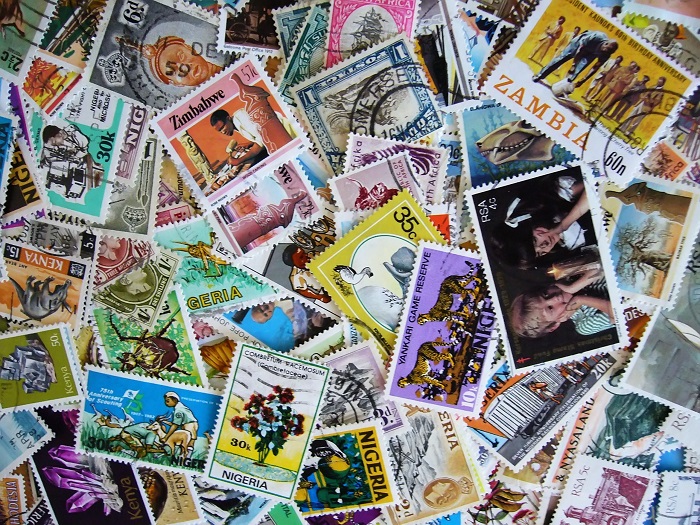
13) Script Distribution
…This final step is about distributing the sales script for the content you created so prospects and customers have the opportunity to find it.
This sales script could be distributed through one of the following vehicles:
- External website;
- Own website;
- Email contact database;
- Social media database;
- Phone contact list;
- Postal contact list; and
- So on…
Or any other marketing distribution channel you have access to.
Document this step in your Content Planner.
Of course, the exact details of how to do this are beyond the scope of this guide.
In summary, this step is about getting your content out to the most amount of people to fulfil the specific purpose of the content.
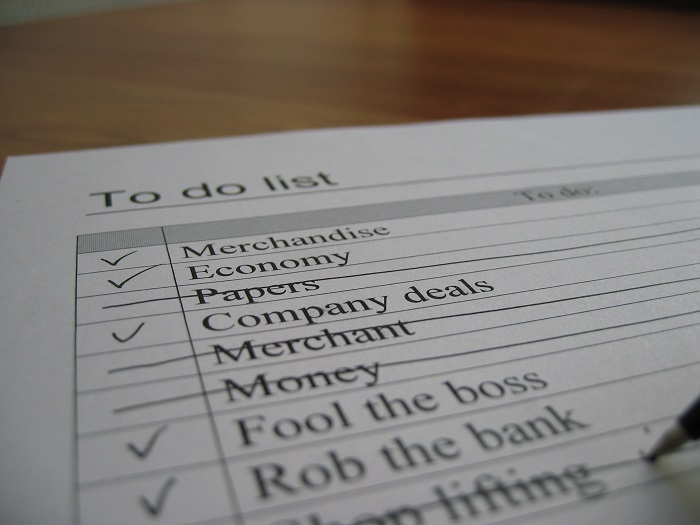
Take Action
You made it…
You now have a solid plan for content creation to market and sell more products, services or solutions.
That’s the full Content Creation Process, and it will be more than enough for you to get started on your own.
You can get the printed illustrated Process Map of this and 20 others for free, here
And if you’re serious about marketing and selling more, the logical next step is to contact me to help you do it yourself, have me do it with you, or have it all done for you.
This maybe the momentum you need to get great marketing and sales results.
Now let’s learn about The Lead Generation Processes.
Or do you simply want more like this?
Join below to be notified immediately about new content and more. No annoying daily emails and no spam – just good content when it’s posted.

